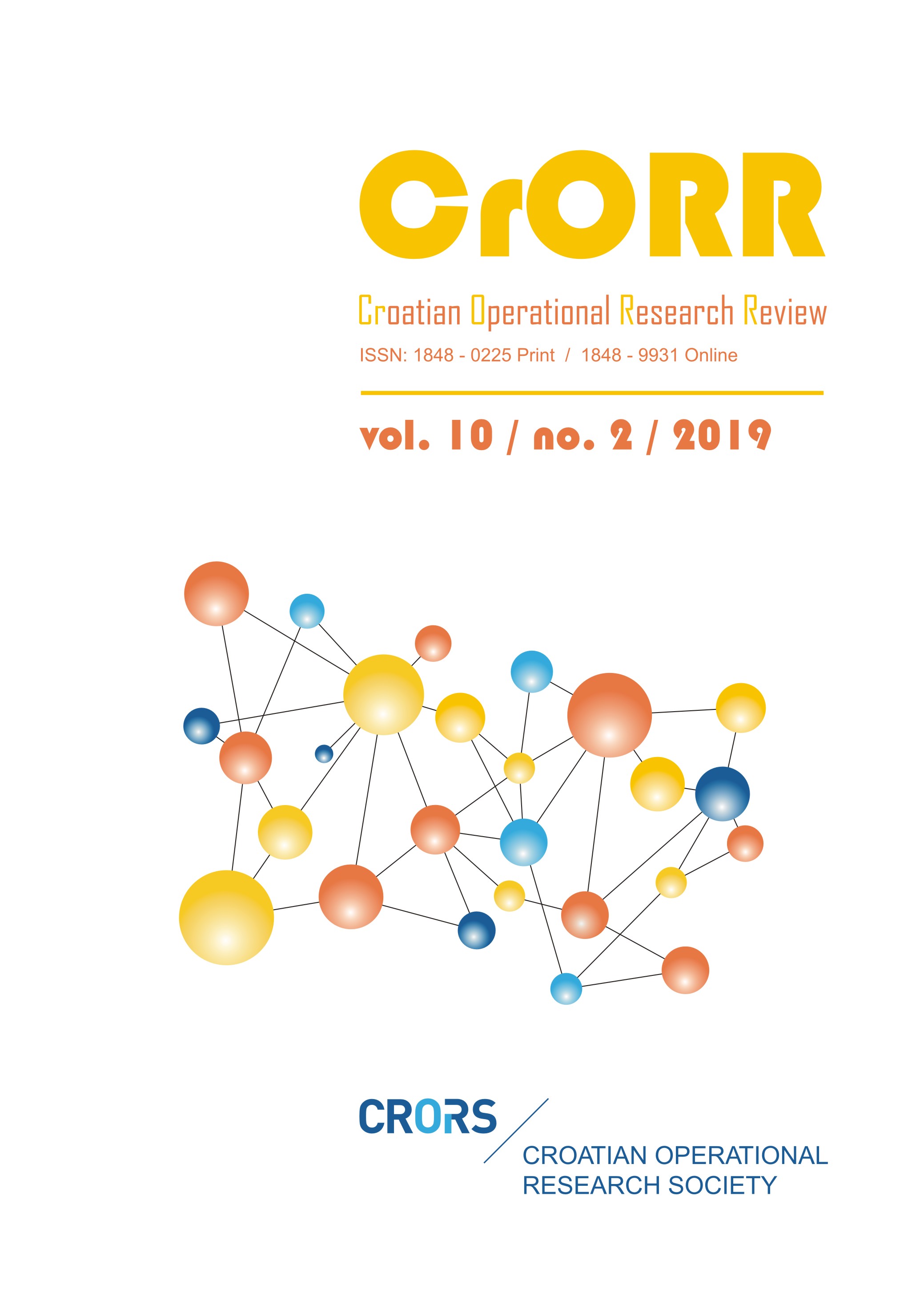Bi-level optimization based on fuzzy if-then rule
Abstract
A bi-level programming problem has been developed where the functional relationship linking decision variables and the objective functions of leader and follower are not utterly well known to us. Because of the uncertainty in practical life decision-making situation most of the time it is inconvenient to find the veracious relationship between the objective functions of leader, follower and the decision variables. It is expected that the source of information which gives some command about the objective functions of leader and follower, is composed by a block of fuzzy if-then rules. In order to analyze the model, A dynamic programming approach with a suitable fuzzy reasoning scheme is applied to calculate the deterministic functional relationship linking the decision variables and the objective functions of leader as well as follower. Thus a bi-level programming problem is constructed from the actual fuzzy rule-based to the conventional bi-level programming problem. To solve the final problem, we use the lingo software to find the optimal of objective function of follower first and using its solution we optimize the objective function of leader. A numerical example has been solved to signify the computational procedure.
Downloads
Published
Issue
Section
License
- Authors retain copyright and grant the journal right of first publication with the work simultaneously licensed under a Creative Commons Attribution License that allows others to share the work with an acknowledgement of the work's authorship and initial publication in this journal
- Authors are able to enter into separate, additional contractual arrangements for the non-exclusive distribution of the journal's published version of the work (e.g., post it to an institutional repository or publish it in a book), with an acknowledgement of its initial publication in this journal.
- Authors are permitted and encouraged to post their work online (e.g., in institutional repositories or on their website) prior to and during the submission process, as it can lead to productive exchanges, as well as earlier and greater citation of published work (See The Effect of Open Access).


